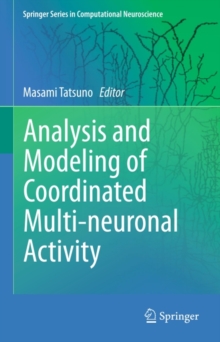
Hippocampal Microcircuits : A Computational Modeler's Resource Book PDF
Edited by Vassilis Cutsuridis, Bruce Graham, Stuart Cobb, Imre Vida
Part of the Springer Series in Computational Neuroscience series
Description
Rich in detail, Hippocampal Microcircuits: A Computational Modeler's Resource Book provides succinct and focused reviews of experimental results. It is an unparalleled resource of data and methodology that will be invaluable to anyone wishing to develop computational models of the microcircuits of the hippocampus. The editors have divided the material into two thematic areas. Covering the subject's experimental background, leading neuroscientists discuss the morphological, physiological and molecular characteristics as well as the connectivity and synaptic properties of the various cell types found in the hippocampus. Here, ensemble activity, related to behavior, on the part of morphologically identified neurons in anesthetized and freely moving animals, lead to insights into the functions of hippocampal areas. In the second section, on computational analysis, computational neuroscientists present models of hippocampal microcircuits at various levels of detail, including single-celland network levels. A full chapter is devoted to the single-neuron and network simulation environments currently used by computational neuroscientists in developing their models.
In addition to the above, the chapters also identify outstanding questions and areas in need of further clarification that will guide future research by computational neuroscientists.
Information
-
Download - Immediately Available
- Format:PDF
- Publisher:Springer New York
- Publication Date:01/02/2010
- Category:
- ISBN:9781441909961
Information
-
Download - Immediately Available
- Format:PDF
- Publisher:Springer New York
- Publication Date:01/02/2010
- Category:
- ISBN:9781441909961










